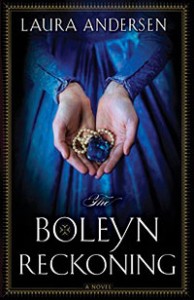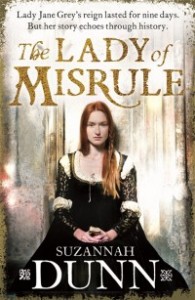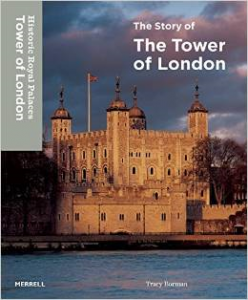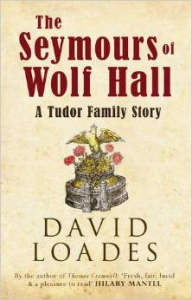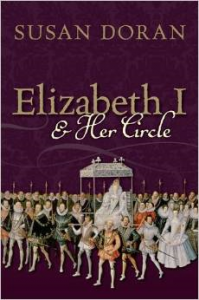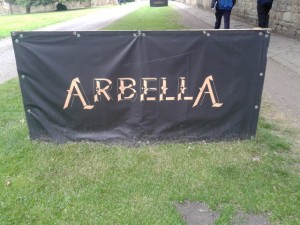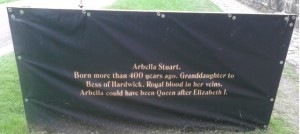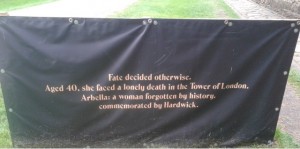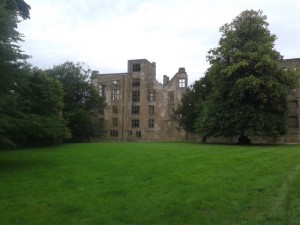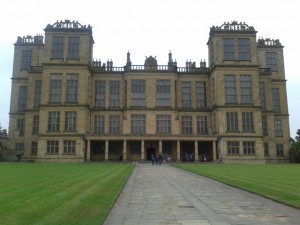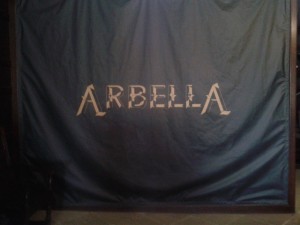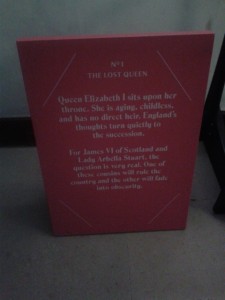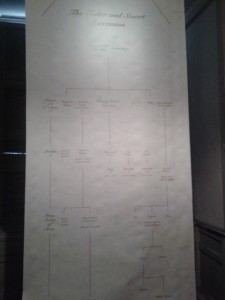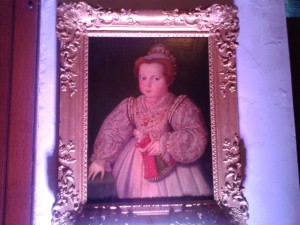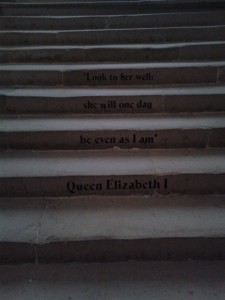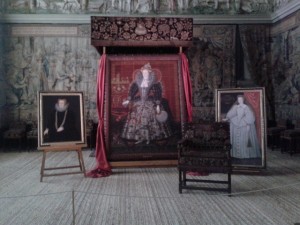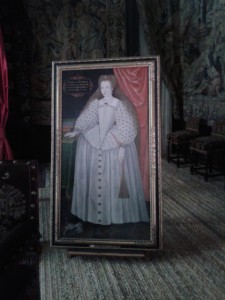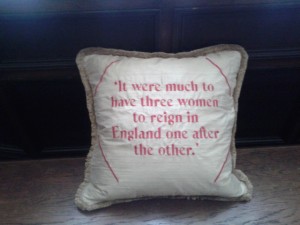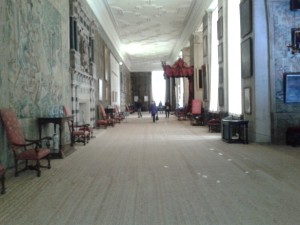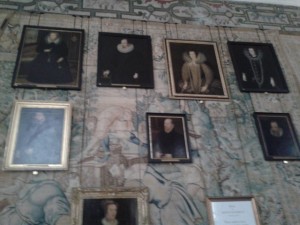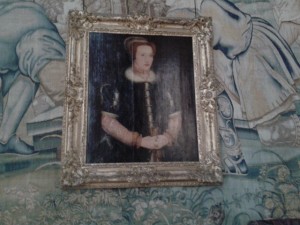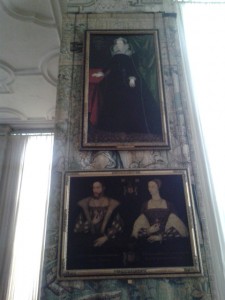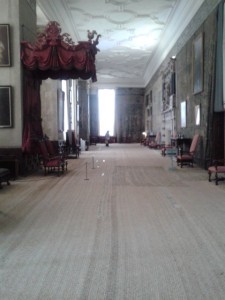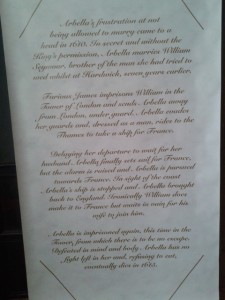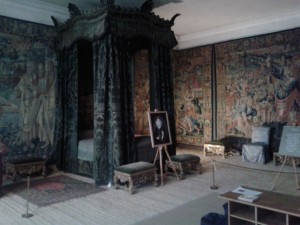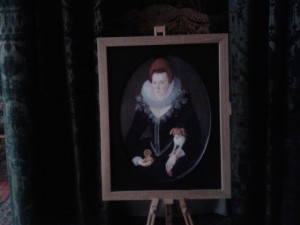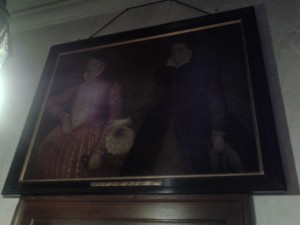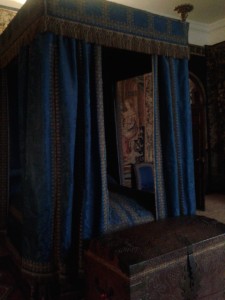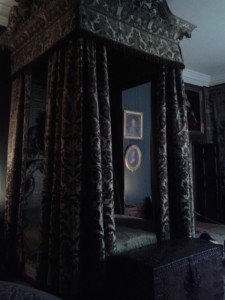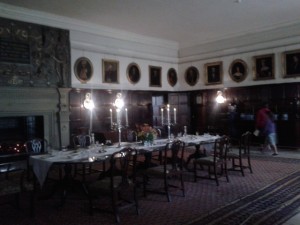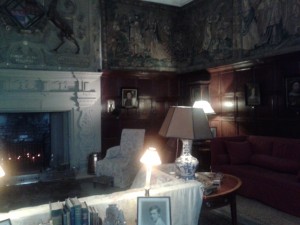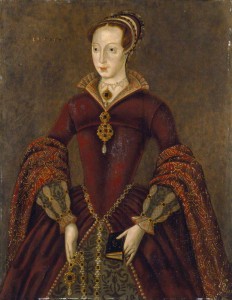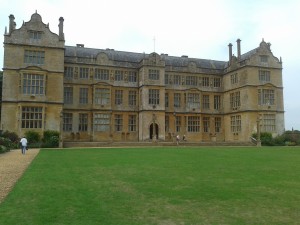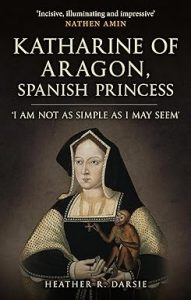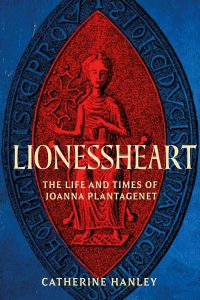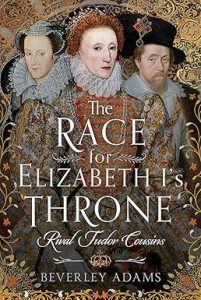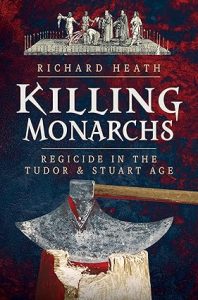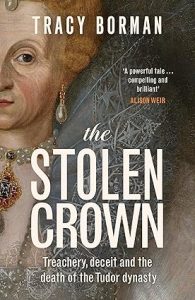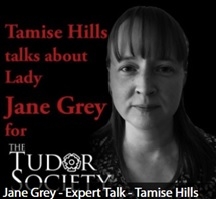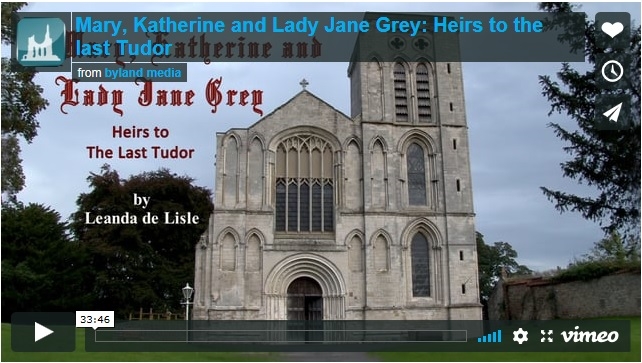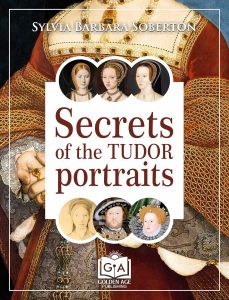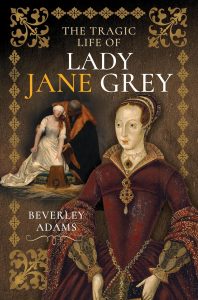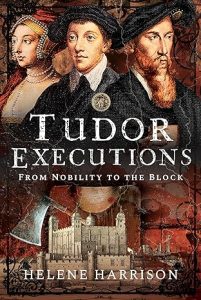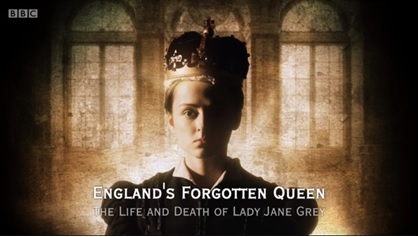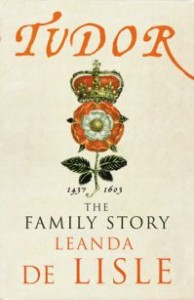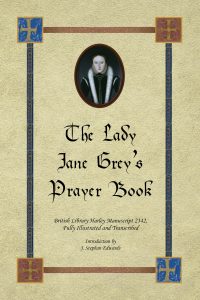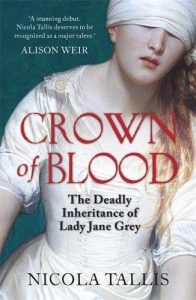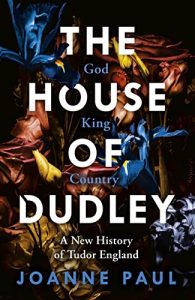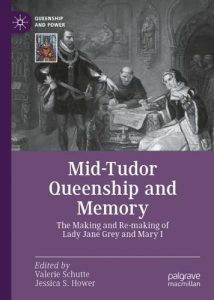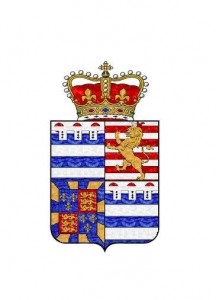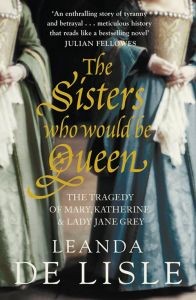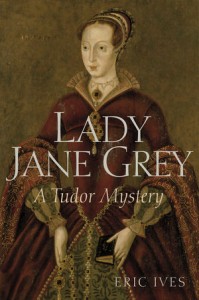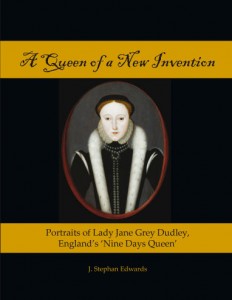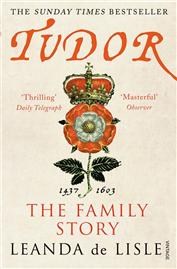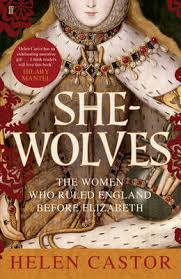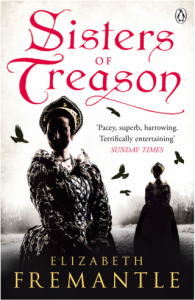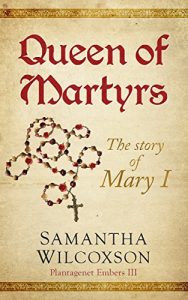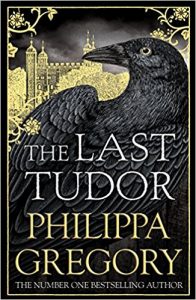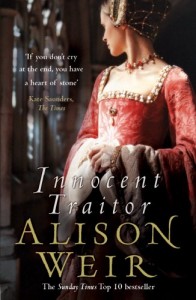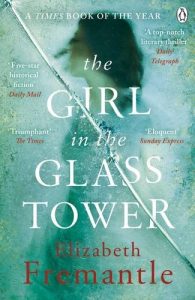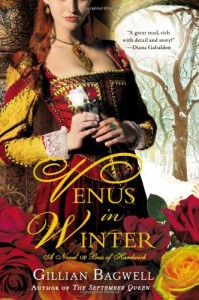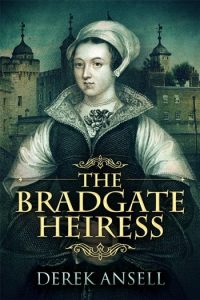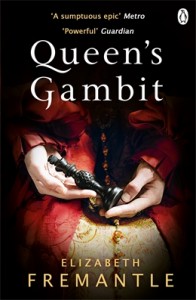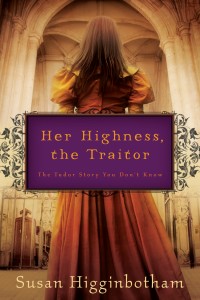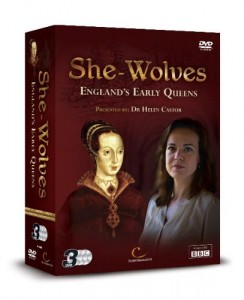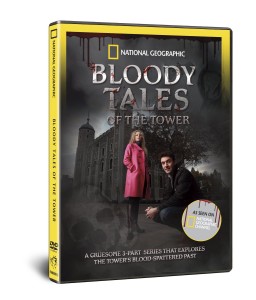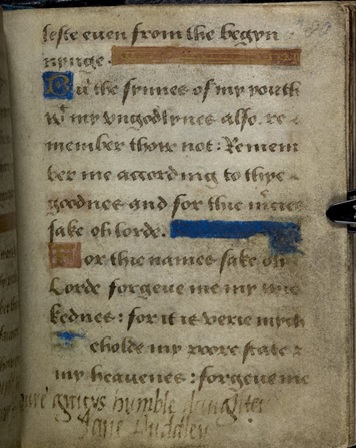Anonymous Narrative of Dowager Queen Katherine Parr’s Funeral and Burial in the Chapel of Sudeley Castle, September (7), 1548
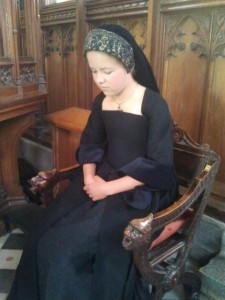
Lady Jane Grey mourns Katherine Parr
Re-enactment of Katherine Parr’s funeral at Sudeley Castle 2010
The anonymous account of the funeral of Katherine Parr. The description can be found in ‘Katherine Parr: Complete Works and Correspondence’ edited by Janel Mueller.
‘A Breviate of the Internment of the lady Katherine Parr, Queen Dowager, late wife to King Henry VIII, and after, wife to Sir Thomas, Lord Seymour of Sudeley, and High Admiral of England.
Item – On Wednesday, the fifth of September, between two and three of the clock in the morning, died the aforesaid lady, late Queen Dowager, at the castle of Sudeley in Gloucestershire, 1548, and lieth buried in the chapel of the said castle.
Item – She was cered and chested in lead accordingly, and so remained in her privy chamber until things were in a readiness.
Hereafter followeth the provision in the chapel.
Item – It was hanged with black cloth garnished with escutcheons of marriages viz. King Henry VIII and her in pale, under the crown; her own in lozenge, under the crown; also the arms of the Lord Admiral and hers in pale, without crown.
Items – Rails covered with black cloth for the mourners to sit in, with stools and cushions accordingly, without either hearse, majesty’s valence, or tapers – saving two tapers whereon were two escutcheons, which stood upon the corpse during the service.
The order in proceeding to the chapel.
First, two conductors in black, with black staves.
Then, gentlemen and esquires.
Then, knights.
Then, officers of houshold, with their white staves.
Then, the gentlemen ushers.
Then, Somerset Herald in the King’s coat.
Then, the corpse borne by six gentlemen in black gowns, with their hoods on their heads.
Then, eleven staff torches borne on each side by yeomen about the corpse, and at each corner a knight for assistance – four, with their hoods on their heads.
Then, the Lady Jane, daughter to the lord Marquis Dorset, chief mourner, led by a estate, her train borne up by a young lady.
Then, six other lady mourners, two and two.
Then, all ladies and gentlewomen, two and two.
Then yeomen, three and three in a rank.
Then, all other following.
The manner of the service in the church.
Item – When the corpse was set within the rails, and the mourners placed, the whole choir began, and sung certain Psalms in English, and read three lessons. And after the third lesson the mourners, according to their degrees and as it is accustomed, offered into the alms-box. And when they had all done, all other, as gentlemen or gentlewomen, that would.
The offering done, Doctor Coverdale, the Queen’s almoner, began his sermon, which was very good and godly. And in one place thereof, he took a occasion to declare unto the people how that there should none there think, say, nor spread abroad that the offering which was there done, was done anything to profit the dead, but for the poor only. And also the lights which were carried and stood about the corpse were for the honor of the person, and for none other intent nor purpose. And so went through with his sermon, and made a godly prayer. And the whole church answered, and prayed the same with him in the end. The sermon done, the corpse was buried, during which time the choir sung Te Deum in English.
And this done, after dinner the mourners and the rest that would, retruned homeward again. All which aforesaid was done in a morning.’
(p.180-182, ‘Katherine Parr: Complete Works and Correspondence’ edited by Janel Mueller.)
You can see more photos from the re-enactment at Sudeley Castle’s Facebook Page
Thank you to Jennie Rainsford for letting me use her photo.

